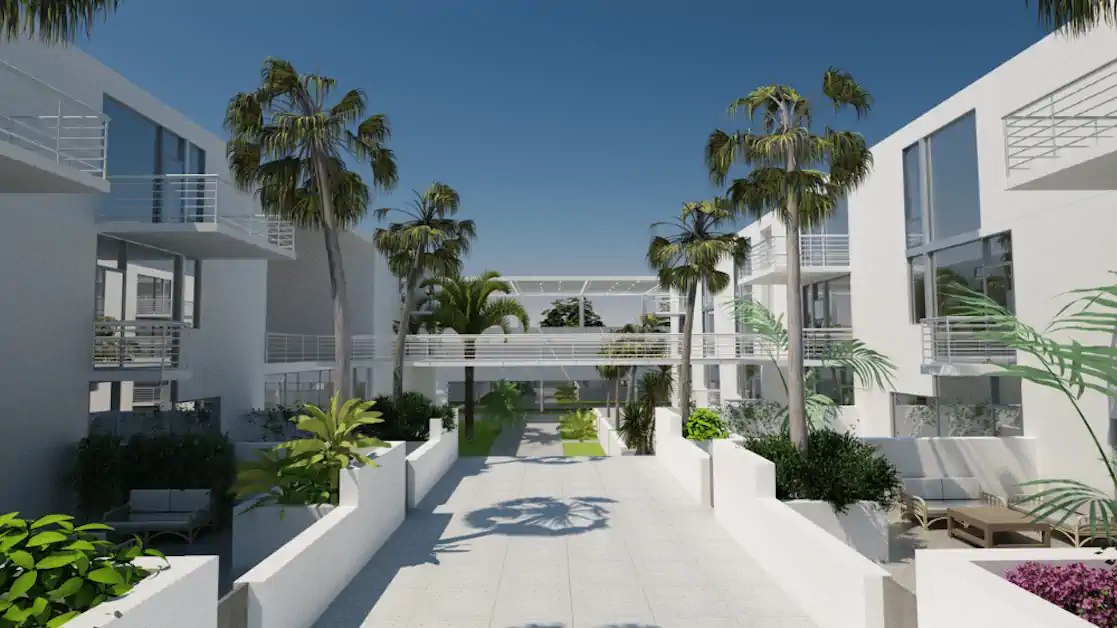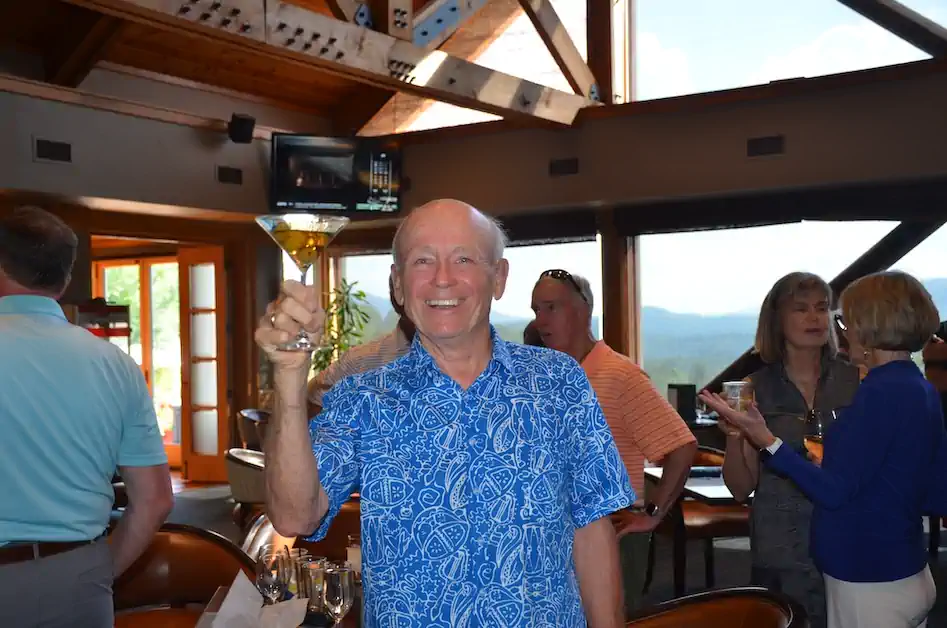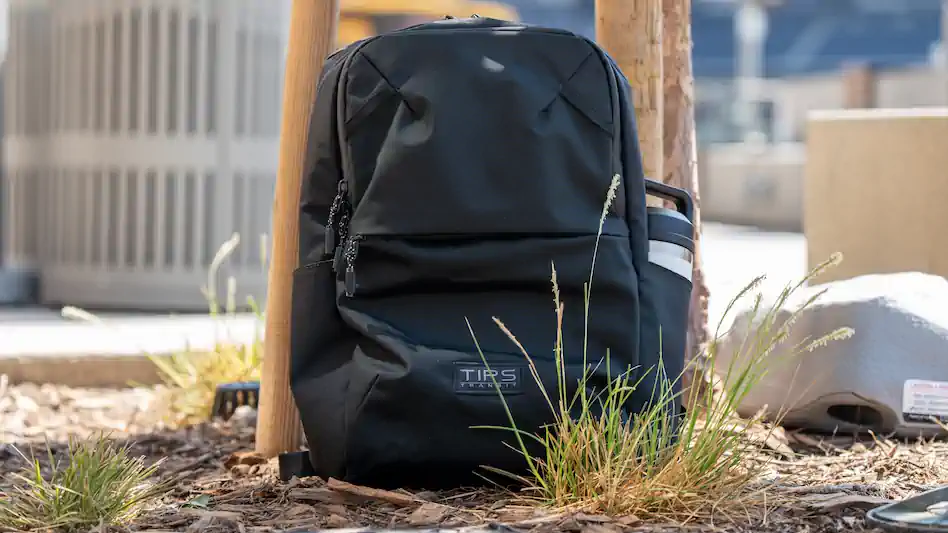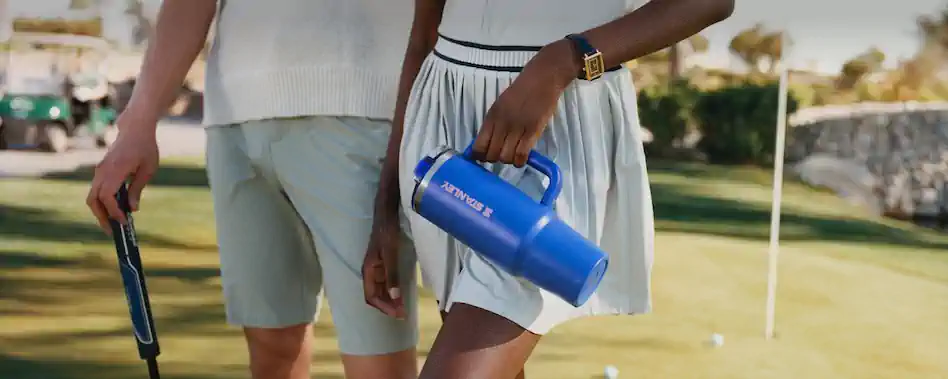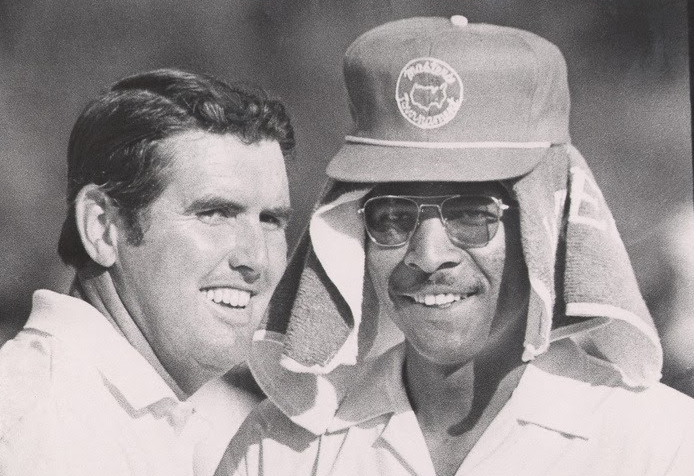One of the most recognizable gathering spots at Augusta National during the Masters is under the ancient branches of a sprawling live oak tree on the back lawn of the clubhouse and overlooking golf’s most famous piece of property as it trundles from the nearby first tee down to Amen Corner and Rae’s Creek. The tree, estimated to be at least 175 years old and sentinel of the 1850s-erected manor house before it was a golf course clubhouse, has shaded nearly a century of golf gatherings among players, celebrities, worldwide golf officials, members, and media and witness to past and future Masters champions marching from the clubhouse across the lawn to the putting green or first tee. Many titan business deals have been formulated in this place, not all of them related to golf.

Coody Cricket
Similarly, but in a completely different context and time, there is another prominent set of trees in a historic neighborhood just two and a half miles by road from the back lawn of Augusta National. Out of the pearly front gates at Magnolia Lane, hang a left on Washington Road. After passing the Augusta-logoed water tower on the left, take another left on Berckmans Road moving through the expansive grass and gravel lots where circa 1950s homes once rested but now hold a wide-open vista where free parking is offered during the Masters. Then enter neighborhoods and cross Rae’s Creek as it flows into the Augusta National property at the thirteenth tee. Not far up from there, at the top of the hill, the Sand Hills neighborhood is cast among ancient cemeteries and old mansions.
This is where many prominent Augusta National caddies were raised—not all of them, but the majority who rose to fame from the 1930s to 1980s, simply because of proximity.
Pappy, Iron Man, Carl Jackson, Beard, Johnnie Frank Moore, Leon McCladdie, Eddie McCoy, Marion Herrington, Joe Collins, Hop Harrison, Jim Dent, and many others who carried in multiple Masters were all from here.
The Sand Hills lot with the non–Augusta National trees is to the left down Wheeler Road, across from the Sand Hills Community Center at the corner of Fleming Avenue and Wheeler Road. The large trees, an oak and a magnolia most notably, shade the empty lot and a half dozen picnic tables, circular tables, and surrounding chairs and benches scattered about the sandy yard. The barren street corner has been a centralized gathering spot for Sand Hills residents for decades, similar in tone and probably much longer in duration than the more revered trees on-site at Augusta National. Today, the area is usually reserved for the older and mostly male set, all Black, with many being current or former Augusta National or Augusta Country Club caddies or workers. It is here where you can find at least a dozen or more folks at any given time and take in the skinny on national and local sports, political and social issues, the golf that is going on next door, or any other state secrets during seemingly endless card games. Outsiders are questioned about their intentions or what they can “contribute” financially, but just listening will teach valuable lessons. Opinions flow freely and loudly here. A No Drugs sign is affixed to a tree in the center of the sitting area with smaller type reading: Cooling out by the tree. Best caddies in the world. Uptown – Sandhills.
The entire Sand Hills community, known more simply by locals as “The Hill,” earned its name because of the sandy and hilly terrain different from the usual red clay composition of most Georgia soil in the region. It is also a notable place in Black culture that should be restored for its social values beyond just golf connections.
Soon after the Civil War ended, many Black families, some of them previously enslaved or close kin of the enslaved, settled in the area, primarily toiling as laborers and domestic workers at the nearby larger homes in Summerville, which they could easily reach by foot. Many prominent white families deeded small tracts of land in Sand Hills to Black families to closely position butlers, maids, gardeners, carpenters, and other workers to their own homes
Lawrence Bennett, whose late father Freddie was the longtime Augusta National caddiemaster, said most of the single men in the neighborhood who didn’t have full-time jobs worked as caddies or held other jobs within the two clubs. Many of those who did have full-time jobs found a way to caddie on the side at either course to earn extra money and a chance at notoriety, especially in the spring around Masters time.
“Back in the 1950s when I started caddying, you could make three dollars, four dollars, five dollars a day at Augusta Country Club, and that was pretty good back then,” Beard said. “And for two weekend days at Augusta National, you could make twenty-five dollars, thirty dollars, or forty dollars, and that was really good.”
The path to both courses was a short walk from Sand Hills. If you eyeball a map of Augusta, the neighborhood rests just south of the border of Augusta Country Club, which was founded in the late 1800s as Augusta’s first golf course.
The sixteenth and seventeenth holes at Augusta Country Club run parallel to Sand Hills, and severely sliced shots can end up in the neighborhood, separated for years by a buffer of bushes and trees and a makeshift fence. Jackson said he would walk from his home to the dead-end Weed Street and enter Augusta Country Club. A pathway skirted Augusta Country Club’s eleventh and tenth holes near the Westover Cemetery at Berckmans Road to form a shortcut to Augusta National. A sizable hole in the fence from the woods adjacent to Augusta National’s thirteenth tee provided an entryway to the grounds and golf’s version of heaven.
Originally published in The Legendary Caddies of Augusta National: Inside Stories from Golf’s Greatest Stage, Durham, NC: Blair, 2024.
Ward Clayton, the former sports editor at the Augusta Chronicle and director of editorial services for the PGA Tour, wrote Men on the Bag: The Caddies of Augusta National (2004) and produced the 2019 documentary Loopers: The Caddie’s Long Walk. Clayton owns Clayton Communications and resides in St. Johns, Florida. For more on the book, go to blairpub.com/shop/p/legendary-caddies
Photos Courtesy of Ward Clayton/”The Legendary Caddies of Augusta National”






